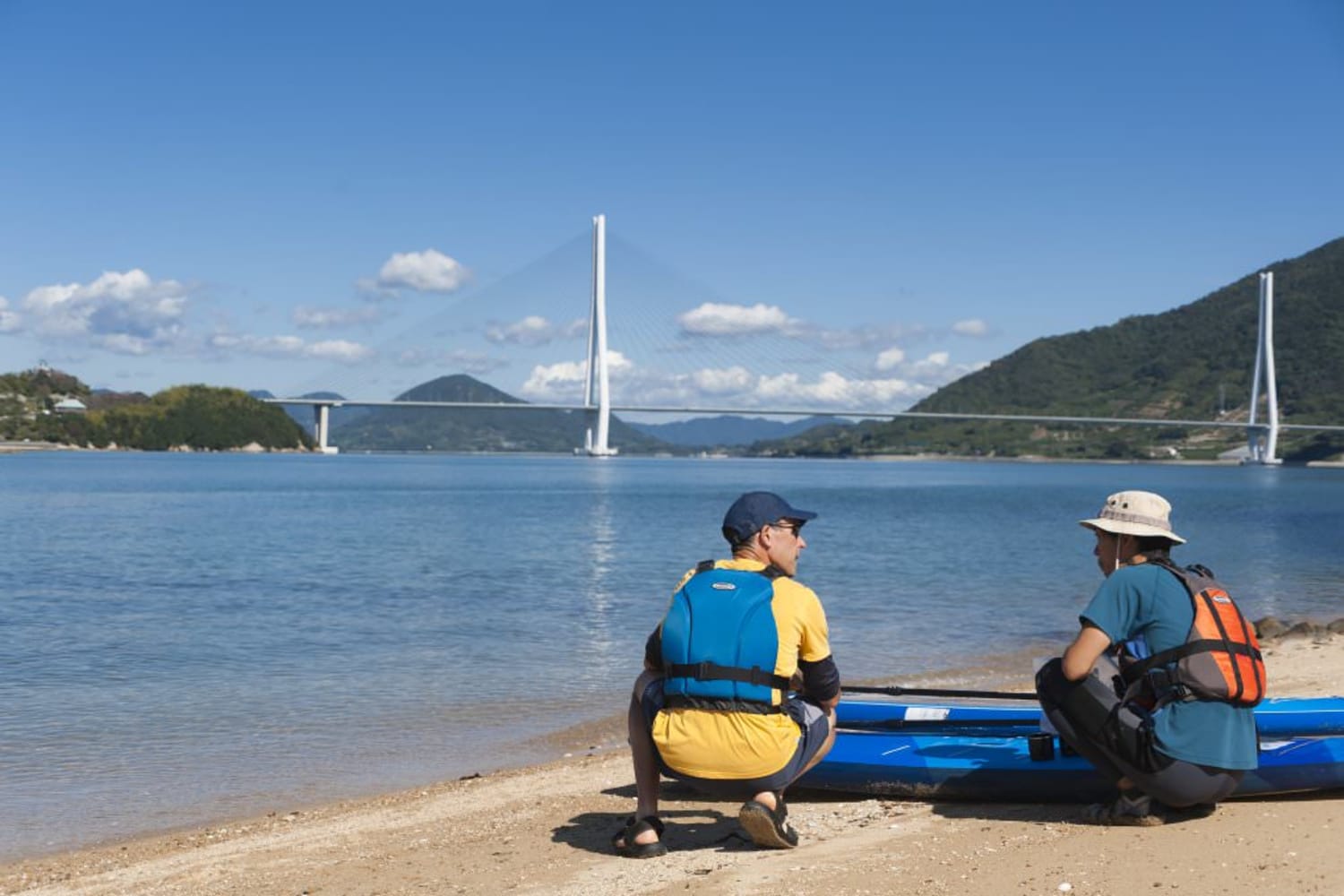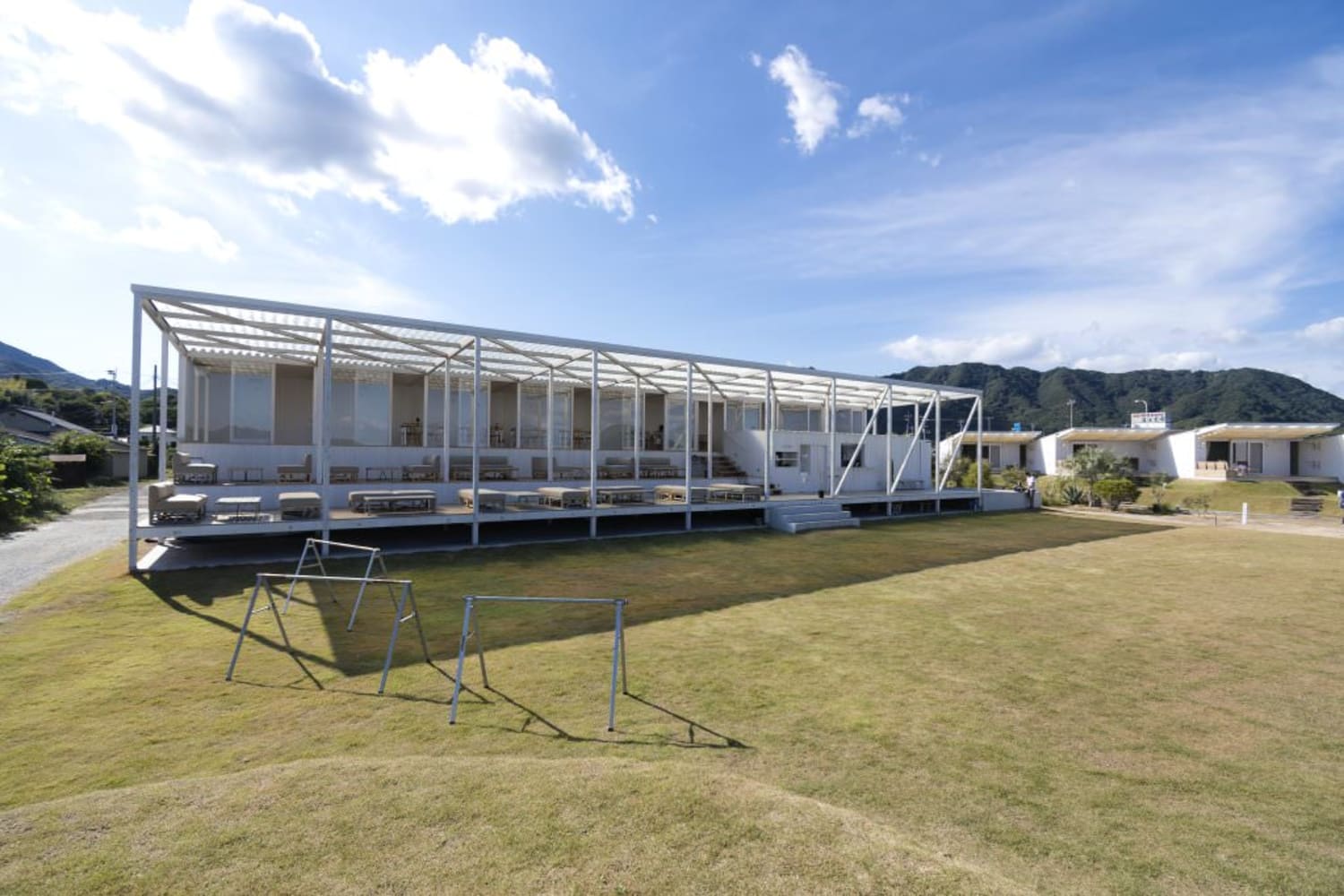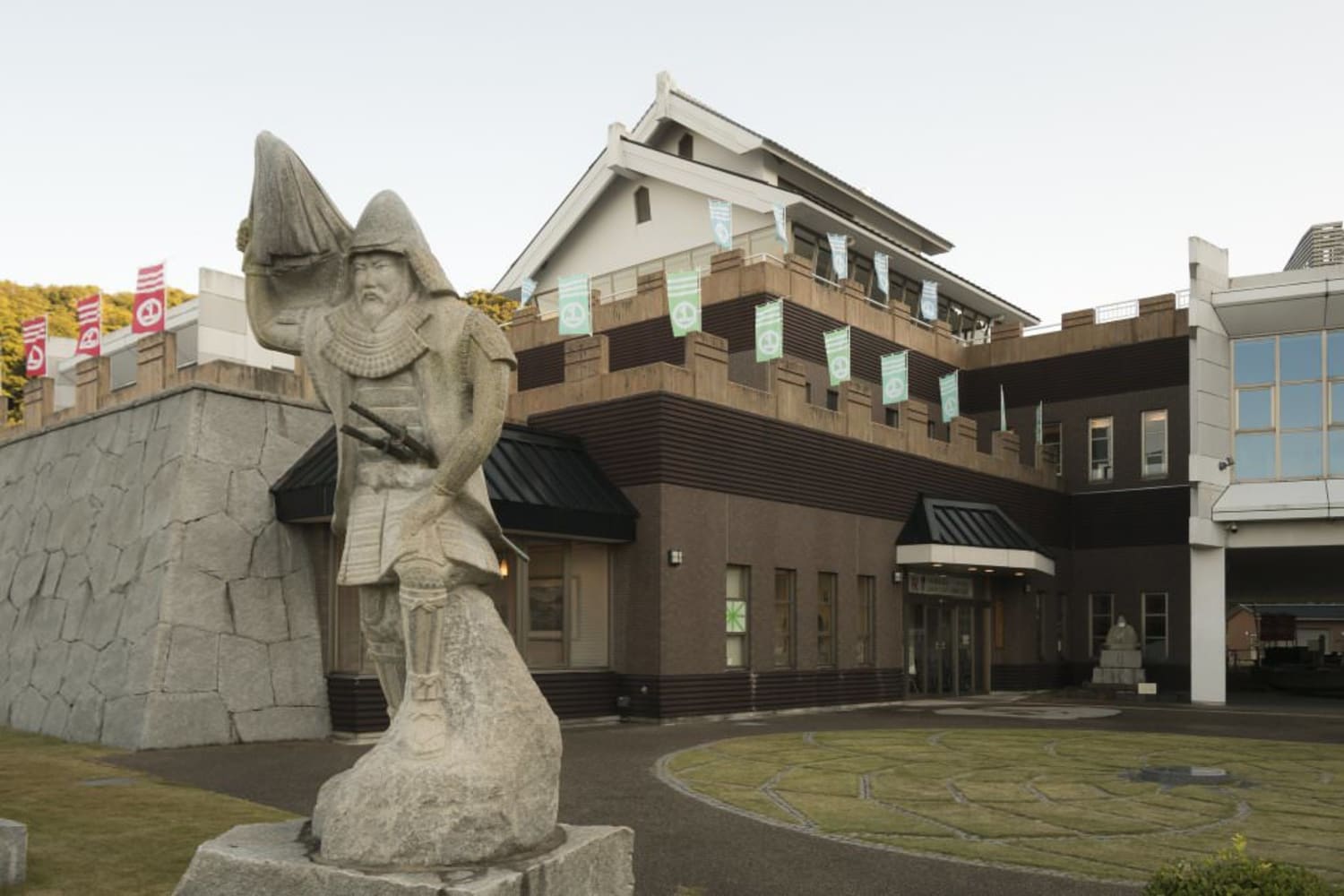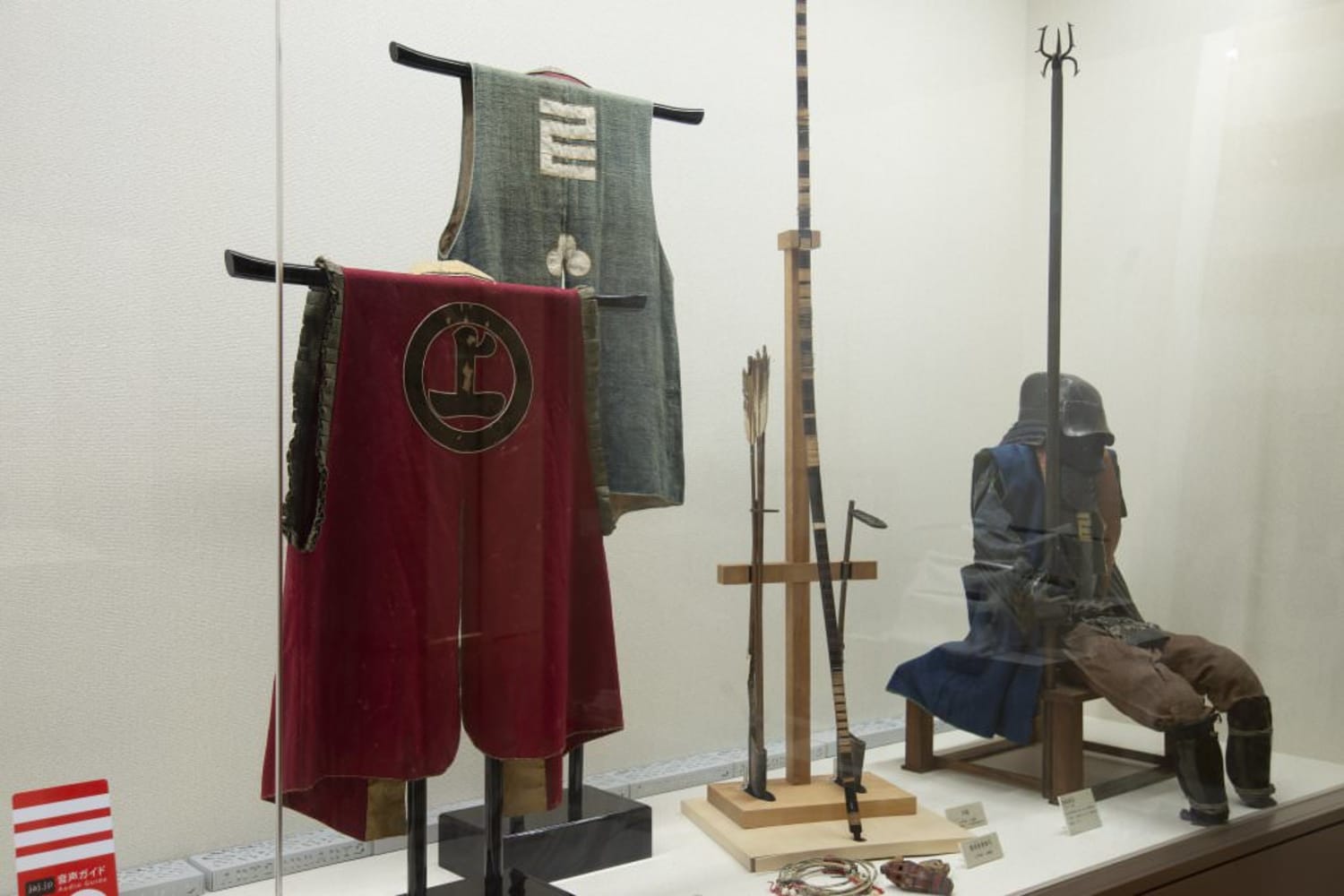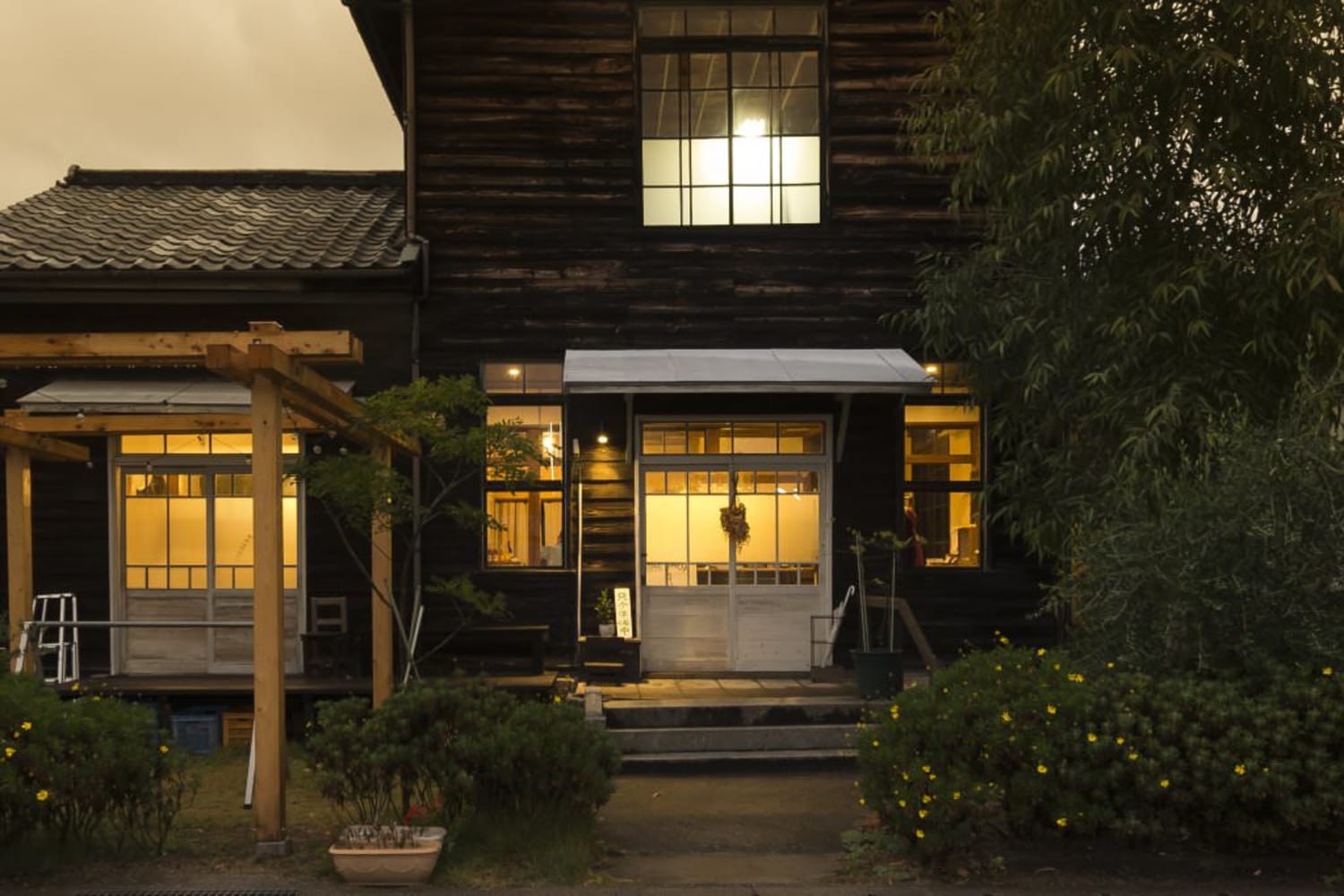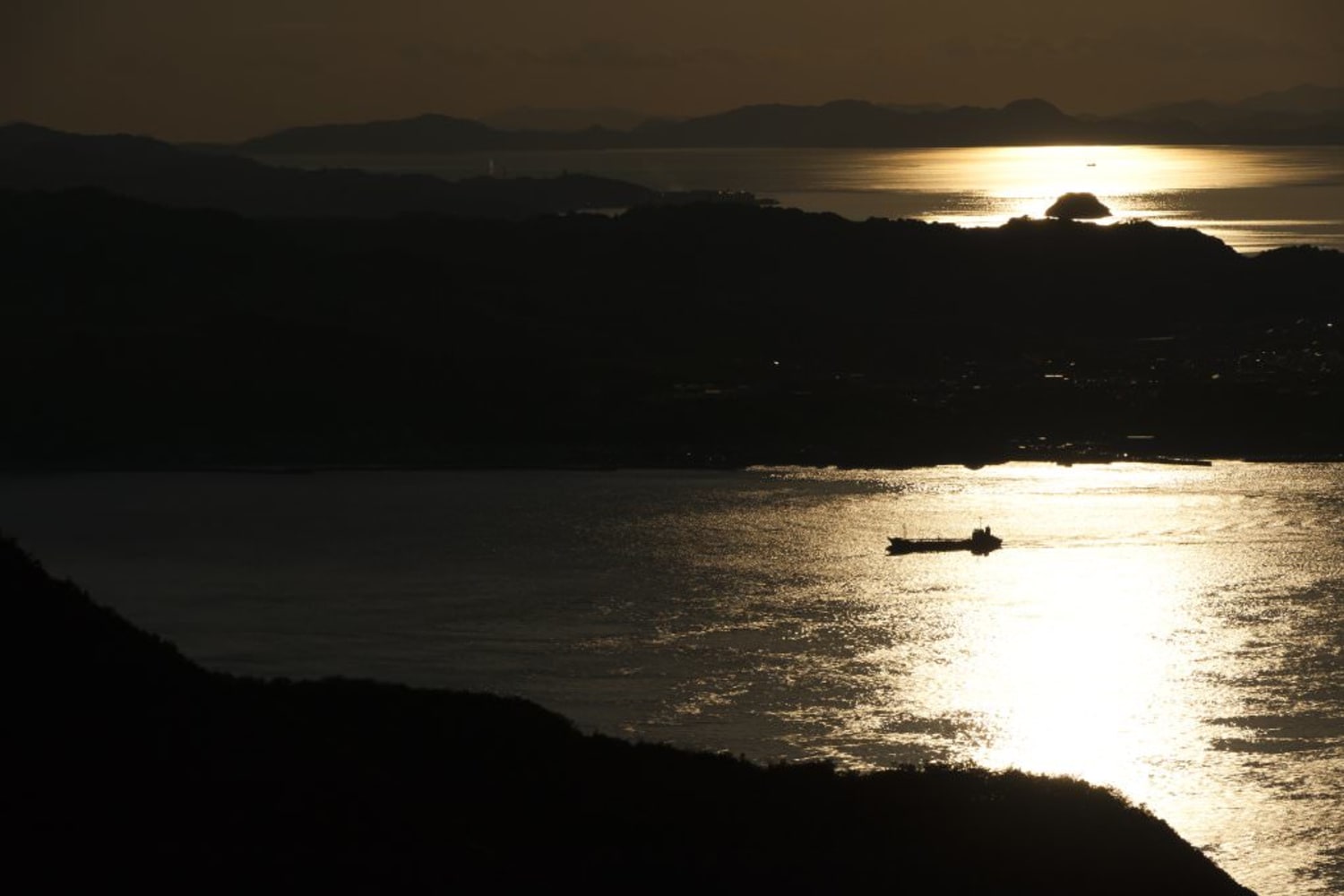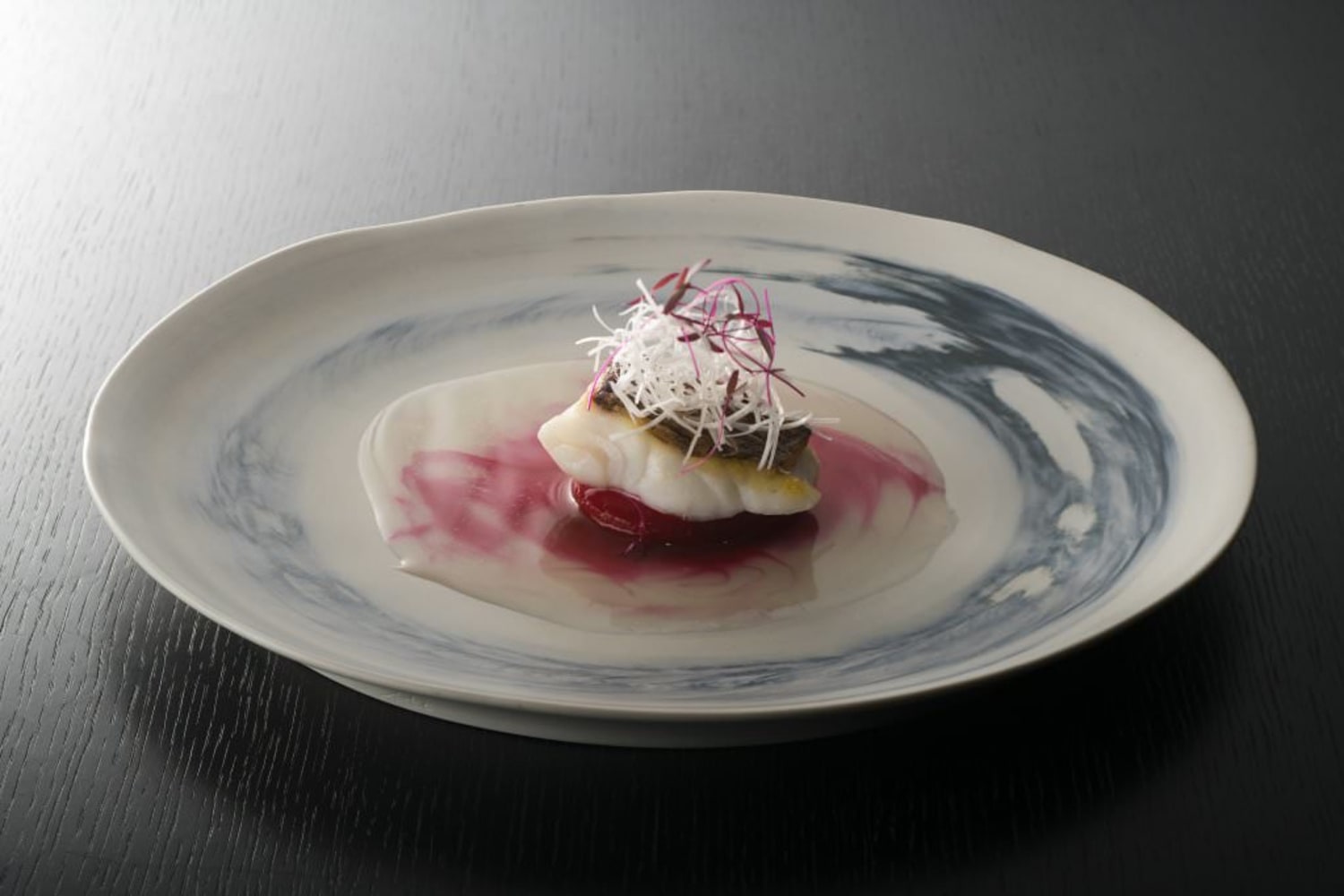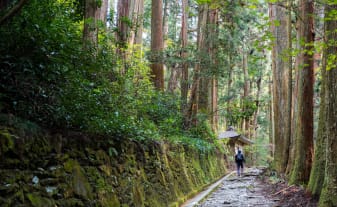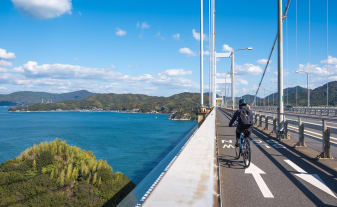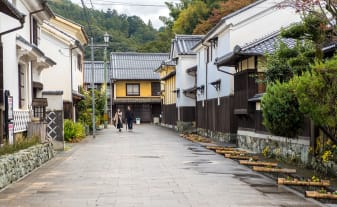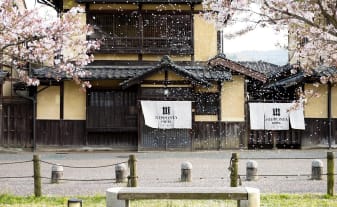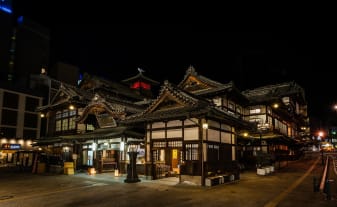 STORIES & GUIDES
STORIES & GUIDES
[Day 2] Paddling Pirate Waters and Enjoying the Fruits of Ehime
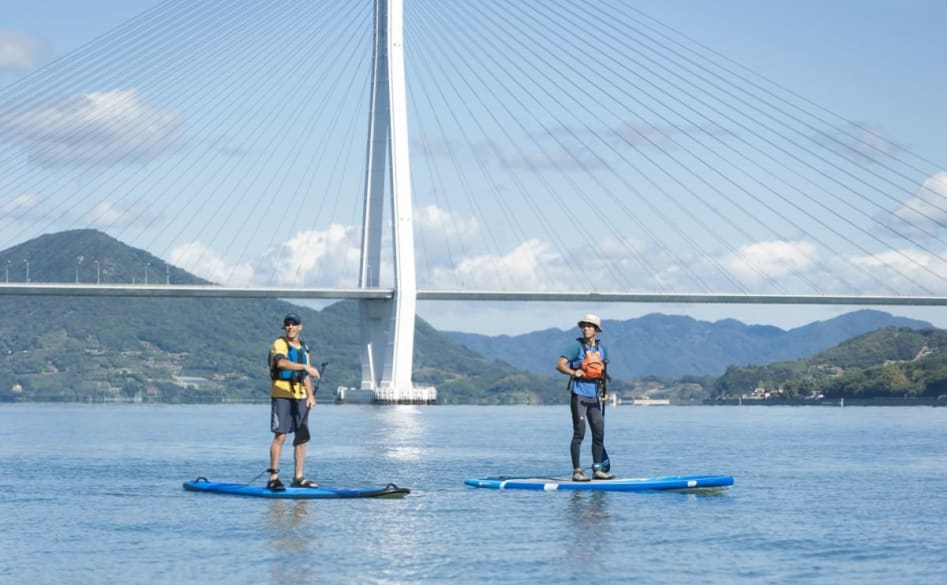
From the pirates who once sailed these waters to the people who play on them today; from the fields and the fruit growers to the forested mountains and the gods who reside among them; for a place so rich and so full, Ehime and these islands can feel wide open.
-
Stand-up paddling & kayaking – a new perspective
I stood up on my paddleboard and followed my guide Daisuke-san out into open water. For a moment, we drifted in silence, untethered from the land yet connected in some unutterable sense to the mountains, the islands, even the Tatara Bridge, which from the water looked different. We slid up onto the sandy beach of an uninhabited island. This is where Amazaki Castle, a fortress built in the seventh century, once stood. There’s nothing now save for a few piles of stone—and the palpable weight of history.
Back on Omishima Island, the rest of the world felt strangely distant. Returning to the water on kayaks, the sense of connection I had felt earlier returned. I can’t say what you might feel out there on the water. A sense of freedom, maybe. Consonance of a sort with nature and these islands; of being not just in but a part of this place. Some things are hard to put into words. One thing I can say is that I never wanted to leave. -
Lunch at WAKKA – fresh ingredients, ancient history, all local
Daisuke-san’s words came drifting back as I sat on the deck at WAKKA, a plate of delicious fresh vegetables and keema curry on the table in front of me. Where we had paddled, so had the seafaring people of ancient Japan who built Amazaki Castle. These same people, perhaps, had visited Oyamazumi Shrine, walking the same ground I walked the previous day, gazing at the same camphor trees, much younger though they were back then. Three of Omishima Island’s mountains—Anjinsan, Omiyama, and Washigatosan—are sacred places, tied to the gods who reside at Oyamazumi Shrine. Occasionally Daisuke-san takes people hiking up there. As my curry and vegetables slowly disappeared, I looked around, at the water and at the islands with their forested peaks. The world felt different.
Address: 6691-1 Inokuchi, Kamiura-cho, Imabari City
Access: 30 minutes by car from JR Imabari Station
Open: 9:00 a.m. to 6:00 p.m.
Closed: Tuesdays
Phone: +81 897-72-8705
Email: info@wakka.site
Website: https://wakka.site/en/ -
Limone – the fruits of these islands
Limone is not the kind of place you stumble upon. But the owner, Yamazaki-san, says she sees a good number of foreigners thanks to the Web. “This Limoncello is their favorite,” she said, pointing to a bottle of citrus liqueur, noticeable as it’s the only item without a Japanese label. Yamazaki-san began selling Limoncello by the glass because her customers from overseas kept asking if they could try some—and then saying with a smile, “One more!” She’ll advise her spirited customers that drinking and cycling is prohibited in Japan and can get you into a bit of trouble. Fortunately for us all, she offers a playful variety of quality products—spirits, cakes, honey, jam—all made locally with home-grown citrus fruits.
Address: 2342 Seto, Kamiura-cho, Imabari City
Access: 35 minutes by car from JR Imabari Station
Open: 11:00 a.m. to 5:00 p.m.
Closed: Tuesdays, Fridays
Phone: +81 897-87-2131
Email: limone@limone2.com
Website: http://www.limone2.com/ -
Murakami Kaizoku Museum – preserving local pirate history
Inside the glass display case hung two pieces of time-worn cloth, each bearing a simple three-stroke character, the second half of the legendary Murakami name. “They would board every ship sailing among these islands,” explained the young woman with the name tag, “to see if the crew had one of these flags. If they did, it meant they had paid the requisite toll. If they didn’t, they had to pay or face the consequences.” Though called “pirates” (kaizoku), the seafaring Murakami clan were nothing like the swashbuckling image Westerners have. As expert sailors, the Murakami Kaizoku used their knowledge of these rough waters to help ships pass safely through—for a mandatory fee. With scant written records in existence, the earlier history of the Murakami Kaizoku is a mystery. What we can learn here, however, is fascinating.
Address: 1285 Miyakubo, Miyakubo-cho, Imabari City
Access: From JR Imabari Station, 35 minutes by bus to Oshima Eigyojo bus stop, then 20 minutes on foot
Open: 9:00 a.m. to 5:00 p.m.
Closed: Mondays
Phone: +81 897-74-1065
Email: kaizoku-m@imabari-city.jp
Website: https://www.city.imabari.ehime.jp/museum/suigun/ -
Minna-no-Winery – a growing tradition for everyone
“We didn’t get many grapes in 2016,” Kawata-san said, relating the beginning of the Omishima Minna-no-Winery (“Everyone’s Winery”). “And most of what we grew was eaten by wild boars.” For the next two years, the folks of this modest operation were able to produce some wine with the help of a winery in Okayama. 2019 was the first year the entire process was accomplished locally. For Kawata-san, who’s in charge of both the cultivation and fermentation, making wine is not just a day job. “It’s a part of life for us. Throughout the year, there is always something to be done.” He says their aim is to produce wine with a light, easy taste. Kicking back at a table in the winery’s spacious shop, I had a very easy time indeed enjoying the fruits of their labors.
Address: 5562 Miyaura, Omishima-cho, Imabari City
Access: 40 minutes by car from JR Imabari Station
Open: 10:00 a.m. to 4:00 p.m.
Closed: Mondays
Phone: +81 897-72-9377
Email: info2015@ohmishimawine.com
Website: http://www.ohmishimawine.com/ -
Kirosan Observatory Park – a lasting view of this world
The three suspension bridges of the Kurushima Kaikyo stand as the most iconic image of the Shimanami Kaido route that hops from island to island across the Seto Inland Sea. For a fantastic view of these bridges, coupled with the picturesque array of islands and mountains running off toward every horizon, head up to the Kirosan Observatory Park on Oshima Island. In the morning, the eastern sun turns the bridges and water into a sparkling display of white and blue, framed by the rich greens of the land. In the evening, the setting sun combines with the soaring lines of the bridges to create a scene that is the perfect ending to any day—and a feeling that will stay with you long after.
Address: 487-4 Minamiura, Yoshiumi-cho, Imabari City
Access: 25 minutes by car from JR Imabari Station -
Tobe Auberge – everything from Ehime in one luxurious resort
Bittersweet it was, saying goodbye to the islands and the bridges and the people of the Seto Inland Sea. But arriving at the Tobe Auberge Resort made for an excellent remedy. I was welcomed out front and whisked comfortably by golf cart to my own private villa overlooking a serene lake, separated from the rest of the world by a lush forest of Japanese cedar and pine.
Promptly at 7:30 p.m., the staff returned, escorting me to the resort’s glassy, dimly-lit lounge—and dinner at the counter of the artistically-minimalist dining hall. Time ceased to exist as I watched the team of chefs quietly, expertly prepare sea bream and abalone, sashimi and beef, vegetables and sauces, all crafted with ingredients exclusively from Ehime. “Every aspect of the place is local,” Ochi-san, the loquacious and friendly owner of Auberge, told me later. “The plates and dishes are all handmade, right down the road. The sake, the furniture, the art, even the staff are all from Ehime!” As I retired to my villa and a snack of fresh sushi that had been left there for me, I couldn’t think of anything that would have made my day in Ehime more complete.
Address: 1622-7 Miyauchi, Tobe-cho, Iyo-gun
Access: 15 minutes by car from Matsuyama City Station
Phone: +81 89-960-7501
Email: info@tobe-resort.com
Website: https://www.tobe-resort.com/
-
Scenic Views
-
Outdoor Adventure
-
Museums & Galleries
-
Food & Drink
-
Cultural Heritage
-
Cultural Experiences
Related Articles
Eastern Ehime (Toyo)
Cycle the Shimanami Kaido, explore the islands and whirlpools of the Seto Inland Sea, and delve into the Toyo region’s industrial heritage.

